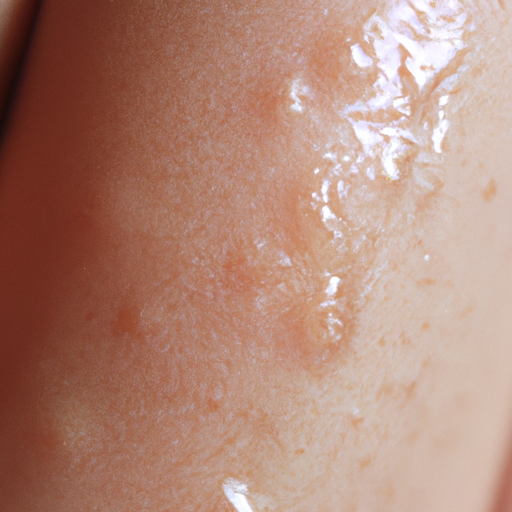As a dermatologist, I have encountered countless patients who are battling the daily struggles of oily skin. The glossy shine, the frequent breakouts, and the constant need to blot away excess oil can be frustrating. But what causes oily skin and how can you recognize its symptoms? Let’s unmask the glossy truth about oily skin.
Oily skin is primarily caused by overactive sebaceous glands. These glands, located under the skin’s surface, produce sebum, an oil that helps protect the skin and keep it hydrated. However, when these glands produce too much sebum, it can lead to an oily complexion, clogged pores, and acne breakouts.
Several factors can contribute to the overproduction of sebum. Genetics play a significant role; if your parents have oily skin, there’s a good chance you will too. Hormonal changes, particularly those occurring during puberty, pregnancy, and menopause, can also stimulate sebaceous glands. Stress and humidity can trigger oil production as well. Additionally, using the wrong skincare products or over-washing your face can strip your skin of its natural oils, causing your sebaceous glands to produce even more oil to compensate.
Recognizing the symptoms of oily skin is the first step towards managing it. The most evident sign is a shiny or greasy appearance. You may also notice larger, more visible pores. Oily skin often leads to blackheads, pimples, or other types of acne due to the excess sebum mixing with dead skin cells and clogging pores. Another common symptom is that makeup seems to “slide” off or not stay put.
Oily skin isn’t all bad news, though. It can be a blessing in disguise as it tends to age better than dry skin. The oil keeps the skin more moisturized and less prone to wrinkles.
However, if you’re finding your oily skin problematic, it’s essential to adopt a skincare routine that works for your skin type. Look for products labeled “non-comedogenic” or “oil-free” to avoid clogging your pores. Despite what you might think, don’t skip the moisturizer. Dehydrated skin can trigger more oil production. Instead, opt for a lightweight, water-based moisturizer.
It’s also crucial to cleanse your face twice a day with a gentle, oil-free cleanser. Exfoliating once or twice a week can help remove excess oil and dead skin cells. However, avoid harsh scrubs and over-exfoliating, which can irritate your skin and worsen oil production.
In conclusion, understanding the causes and symptoms of oily skin can help you manage it effectively. Remember that everyone’s skin is unique, and what works for one person may not work for another. If you’re struggling with oily skin and over-the-counter products aren’t helping, consider consulting a dermatologist. We can provide personalized advice and prescribe treatments to help control oil production and improve your skin’s overall health.




